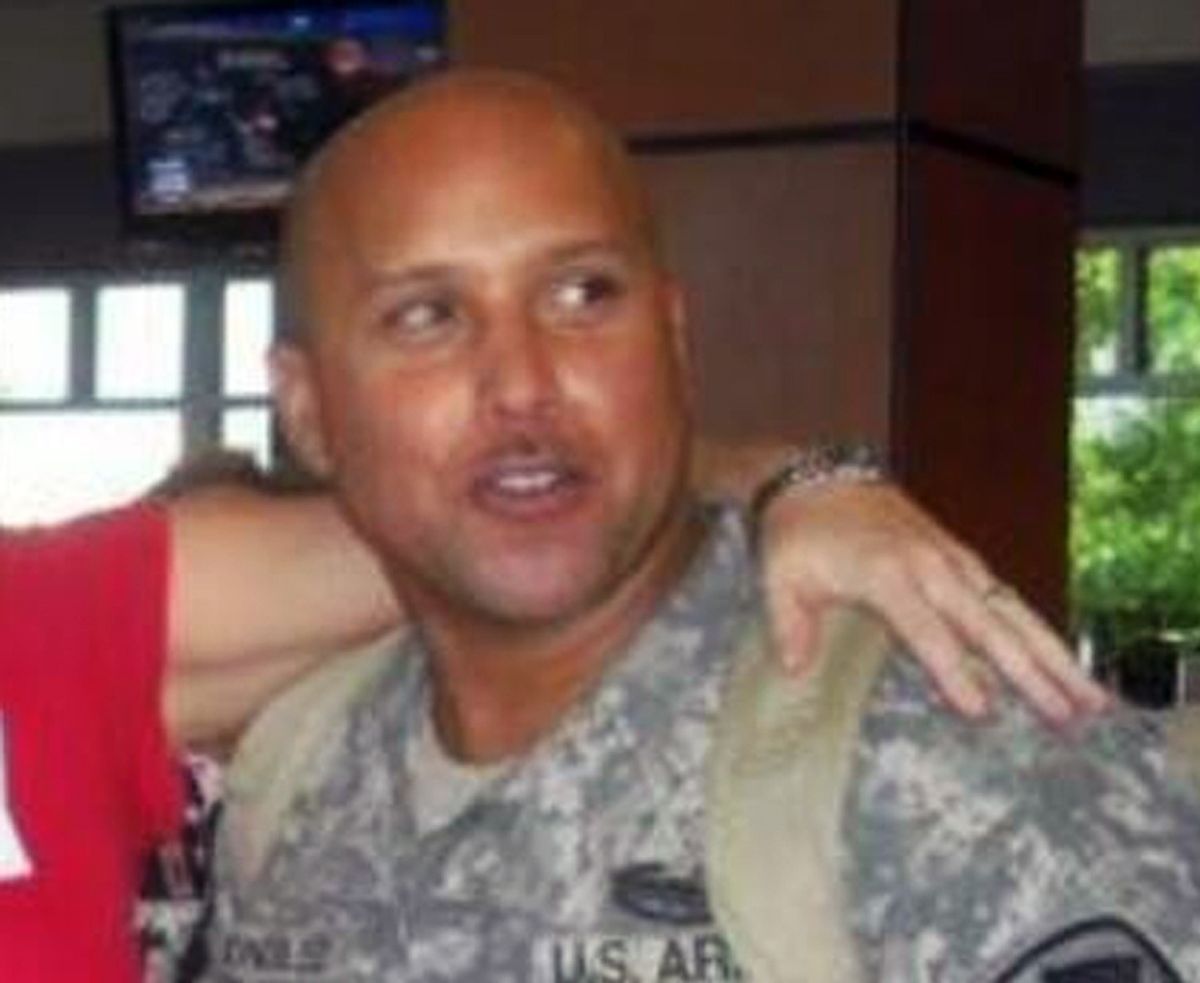White House intruder had 800 rounds in car

WASHINGTON – Investigators found more than 800 rounds of ammunition, a machete and two hatchets in the car of the former soldier accused of scaling the White House fence and sprinting inside while carrying a knife, a federal prosecutor said Monday. President Barack Obama was “obviously concerned” about the weekend incident, a spokesman said.
The Secret Service increased security around the famous grounds on Pennsylvania Avenue in the nation’s capital, some guards openly holding weapons, others escorting dogs. There was talk of expanding the security zone beyond the current area as a major investigation began into the question of how the man managed to get to the building without being stopped.
Forty-two-year-old Omar J. Gonzalez, of Copperas Cove, Texas, faces charges of entering a restricted building or grounds while carrying a deadly or dangerous weapon. He had been arrested earlier in the summer in Virginia with a carful of weapons, authorities said, and a federal prosecutor said Monday in court that Gonzalez had had a map then with the White House circled.
Authorities ran into Gonzalez again, on Aug. 25, when he was stopped while walking along the south fence of the White House, his car parked nearby. He had a hatchet in a rear waistband but no firearms, a federal prosecutor said at Monday’s hearing. Gonzalez gave permission to search his car and was not arrested.
Friday evening, Obama and his family had left the White House for Camp David when the incident occurred. Gonzalez was seized just inside the building’s front door. No guns were found in his car.
In court, Gonzalez, with a gray beard, a shaved head and dressed in a standard prison orange jumpsuit, listened impassively as the prosecutor spoke. He could face up to 10 years in prison if convicted of illegally entering a restricted area with a dangerous weapon.
The Army said he served from 1997 until his discharge in 2003, and again from 2005 to December 2012, when he retired due to disability.
Obama, asked about the incident at the White House, said, “The Secret Service does a great job, and I’m grateful for the sacrifices that they make on my behalf – and my family’s behalf.”
But spokesman Josh Earnest said the president was “obviously concerned” about what had happened.
At the federal court hearing, Assistant U.S. Attorney David Mudd said Gonzalez already was under indictment in southwestern Virginia, accused of having a sawed-off shotgun and trying to elude police this summer.
In that case, state troopers and agents from the Bureau of Alcohol, Tobacco, Firearms and Explosives found a cache of weapons that included two semi-automatic military style rifles, including one with a bipod and flashlight and one with a bipod and scope, three .45-caliber handguns and several loaded ammunition magazines, Wythe County Deputy Commonwealth Attorney David Saliba said in a telephone interview. Saliba said he also had a hatchet and camping equipment.
The weapons and ammunition were seized in that July 19 incident, but Gonzalez was released on bail.
Earnest said the Secret Service investigation will include a review of protective efforts both inside the White House grounds and outside the fence line along Pennsylvania Avenue, including staffing and threat assessment policies and procedures.
The House Oversight and Government Reform Committee announced it would hold a hearing next week.
Homeland Security Secretary Jeh Johnson said he would ultimately review the findings of the investigation ordered by Secret Service Director Julia Pierson. Johnson said the public should not rush to judgment about the security breach and urged against second-guessing security officers whom he said “had only seconds to act.”
The Secret Service didn’t open fire on Gonzalez or send attack dogs after him.
Officers who spotted Gonzalez scale the fence quickly assessed that he didn’t have any weapons in his hands and wasn’t wearing clothing that could conceal substantial quantities of explosives, a primary reason agents did not fire their weapons, according to a U.S. official briefed on the investigation.
Another consideration was whether bystanders behind the fence could have been hit by errant gunfire, said the official, who spoke on condition of anonymity.
The Secret Service has long tried to balance public access to the “People’s House” and security of the presidential residence.
The two-block stretch of Pennsylvania Avenue in front of the White House’s north gates has been closed to vehicle traffic since May 1995, when President Bill Clinton ordered the immediate closure of the road in an effort to prevent a potential car- or truck-bomb attack.